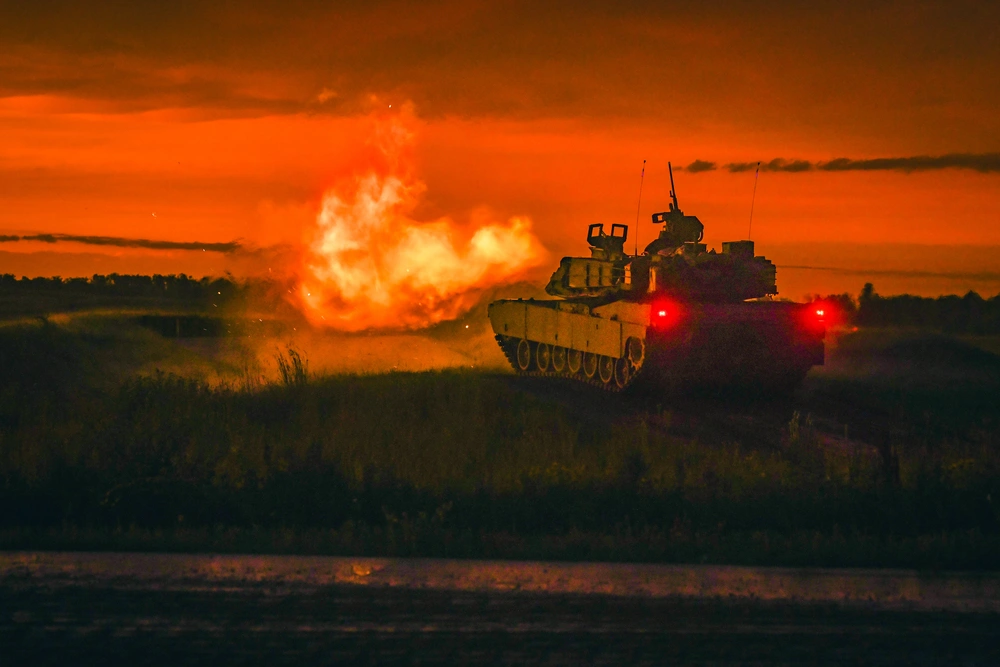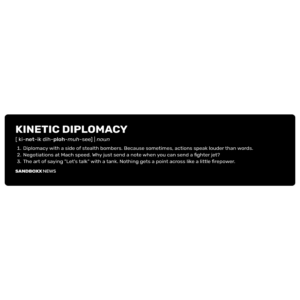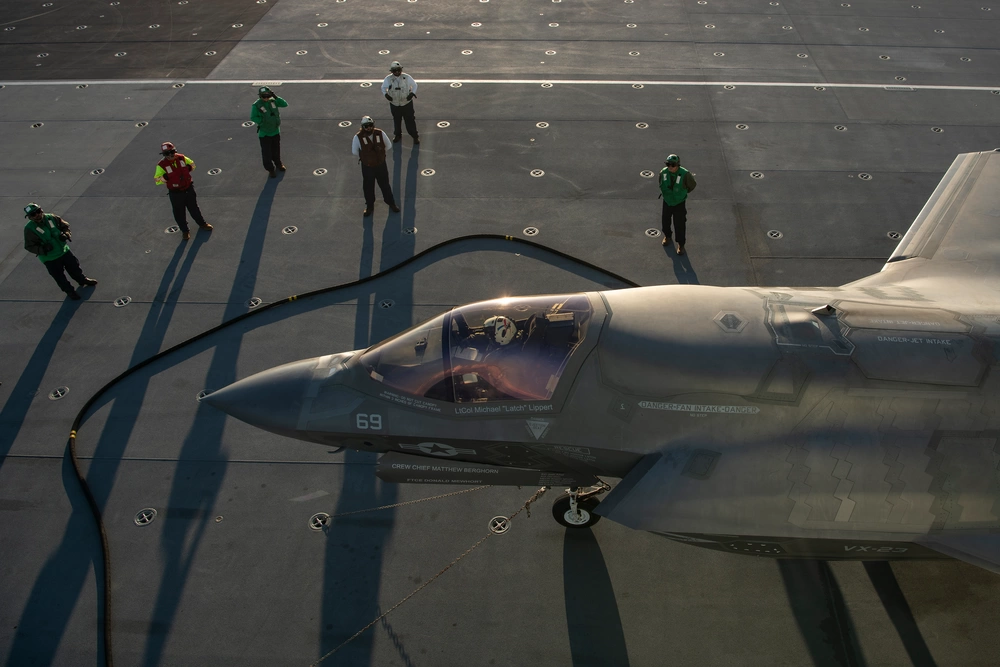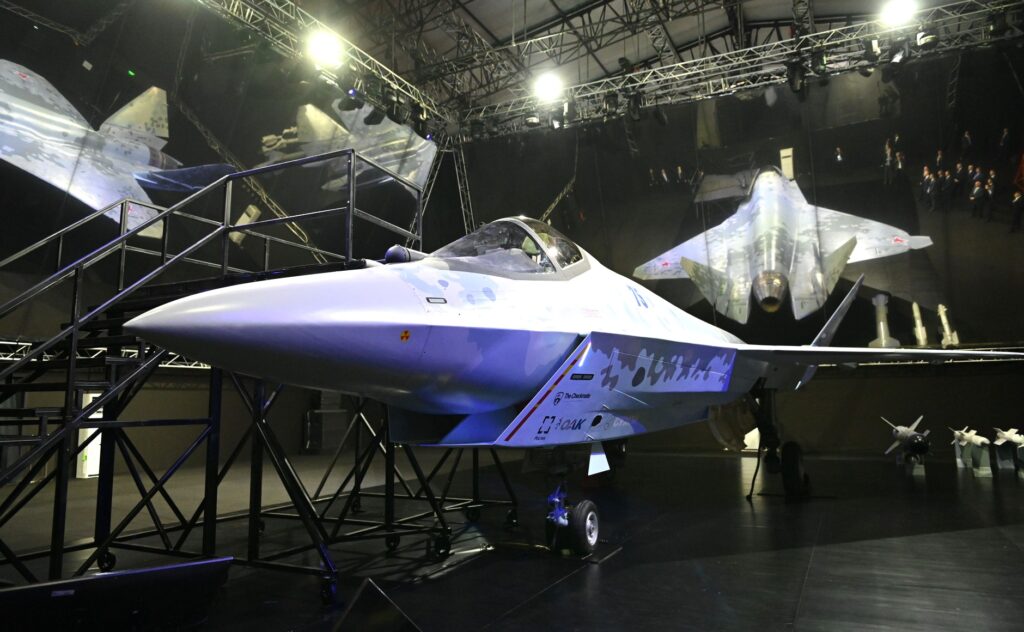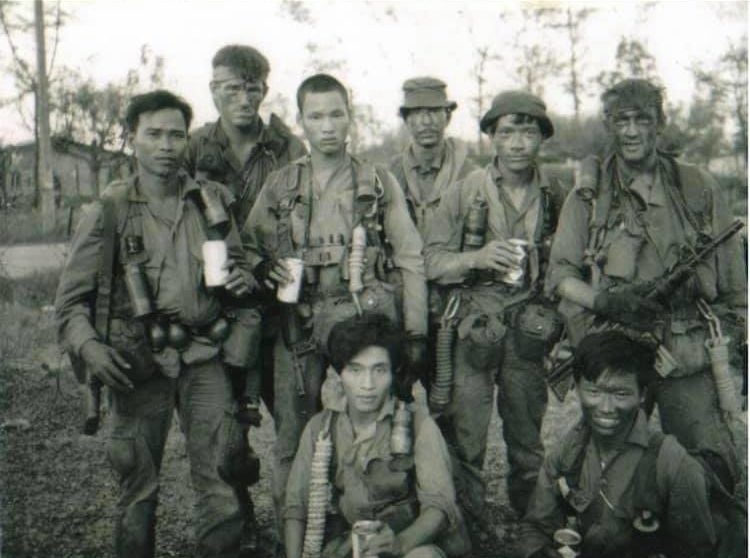The first of 49 retired Australian M1A1 Abrams main battle tanks (MBTs), promised as aid to Ukraine in its fight against Russia, began arriving to the country in mid-July, according to various press reports. The tanks come at a fortuitous time for Ukraine, which has sustained heavy tank losses since hostilities began. The remaining of the promised 49 tanks are expected “in the coming months,” according to Australian Prime Minister Anthony Albanese.
According to The National Interest, the delay in delivery of the tanks appears to have stemmed from both U.S. government policy changes that came into effect with the second Trump administration with respect to aid to Ukraine, as well as legal constraints involved in transferring arms internationally.
The tranche of 49 Abrams MBTs is part of 59 tanks that were first purchased by Australia from the United States in 2007. They are reportedly worth $245 million, according to The Guardian. Australia is replacing them with the newer M1A2 model, again purchased from the United States.
There is some doubt on the part of U.S. military officials that the aging Abrams tanks will be effective for Ukraine, given the maintenance requirements to keep them in service, and their vulnerability to drone detection and attack.
The United States also donated its own Abrams tanks to Ukraine in late 2023, but front-line reports have estimated that as many as 85% of those 31 tanks were lost in battle. Germany provided Leopard 2 MBTs and Britain sent Challenger 2 MBTs to the besieged country – none have proven invincible to Russian drones.
While Australia’s defense minister, Richard Marles, claims the tanks will make a “significant contribution” to Ukraine’s fight, and Ukrainian officials continue to profess a need for the MBTs, it could just be that these latest M1A1s suffer the same fate as the batch sent by the U.S. in 2023: that is, unmanned aerial vehicles (UAVs) detecting them quickly on the battlefield, and then neutralizing them via aerial attack.
Related: One tank to rule them all: Europe announces 11-country collaboration to build next-gen tank
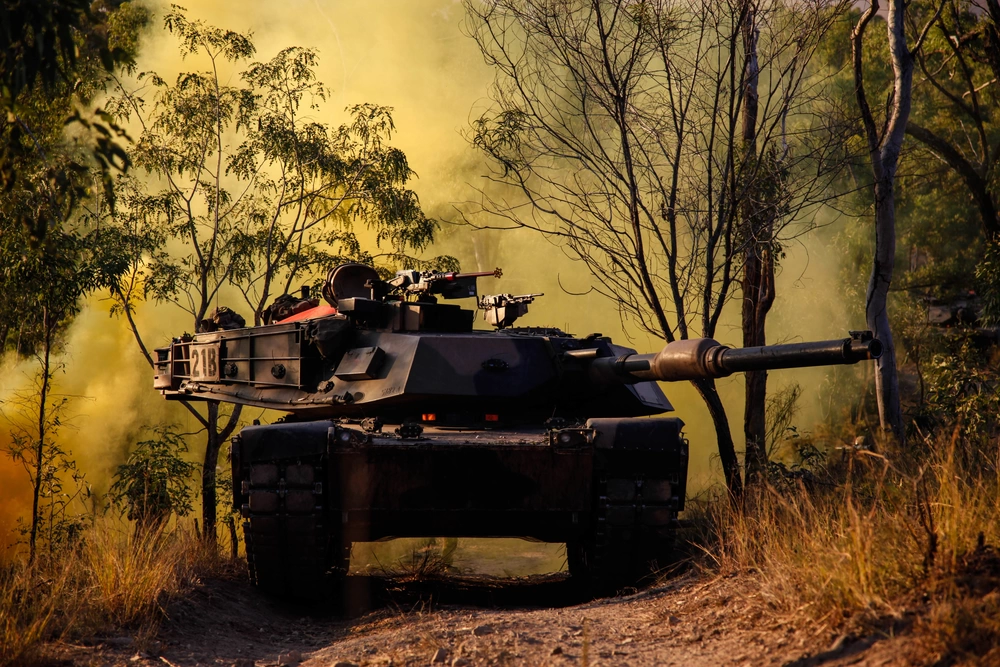
This vulnerability speaks less to the weakness specifically of the M1A1, and more to the radically changing nature of warfare on full display in Ukraine. Armed drones have made the battlefield a different place than it was when tanks were able to roll across the land largely unchallenged. Now, both Russia and Ukraine have had to adapt to the constant threat from UAVs by camouflaging and spreading out their tank formations, and moving them back from the front lines. Thus, while the Australian tanks are surely welcomed by Ukraine, they are probably not the force multiplier they once were.
Regardless of the new tactical reality for MBTs in Ukraine (and on future battlefields), Australia and Ukraine both have a vested strategic interest in the delivery of the tanks. As stated by Defence Minister Marles, Australia remains “steadfast” in its support for Ukraine. The delivery of tanks is a sign of that commitment, and in the larger strategic view, Australia is demonstrating its support for the global order and the national sovereignty rights presently under threat within that order due to Russia’s invasion. Australia is also demonstrating its continued close alliance with the United States and Europe, important for its national security vis-à-vis China.
From the Ukrainian perspective, any aid provided by the largest possible number of countries throughout the world is a demonstration of its legal and moral argument that it was unjustly invaded by Russia. Furthermore, the more countries that support its fight, the greater case it has to keep fighting and maintain pressure on Russia to sue for peace and pull back its forces. So, while the tanks themselves might not be tactically significant, their delivery is strategically important, and thus welcome news for anyone who cares about preventing Russia from capitalizing on its unjust aggression.
Feature Image: Soldiers with the Ohio National Guard’s 1st Combined Arms Battalion – 145th Armor Regiment conduct live fire training with the M1A2 SEPv3 Abrams Main Battle Tank at the Camp Ripley Training Center near Little Falls, Minnesota, on July 28th, 2025. (Minnesota National Guard Photo by Anthony Housey)
Read more from Sandboxx News
- Sri Lankan officer becomes latest foreign student to make it through BUD/S
- Army seeks information about miniature aircraft that can take out drones
- Air Force wants to buy thousands of low-cost cruise missiles in 2026
- The profound influence of Judo in the American military
- Undergoing Delta Force assessment at Camp Dawson, West Virginia

